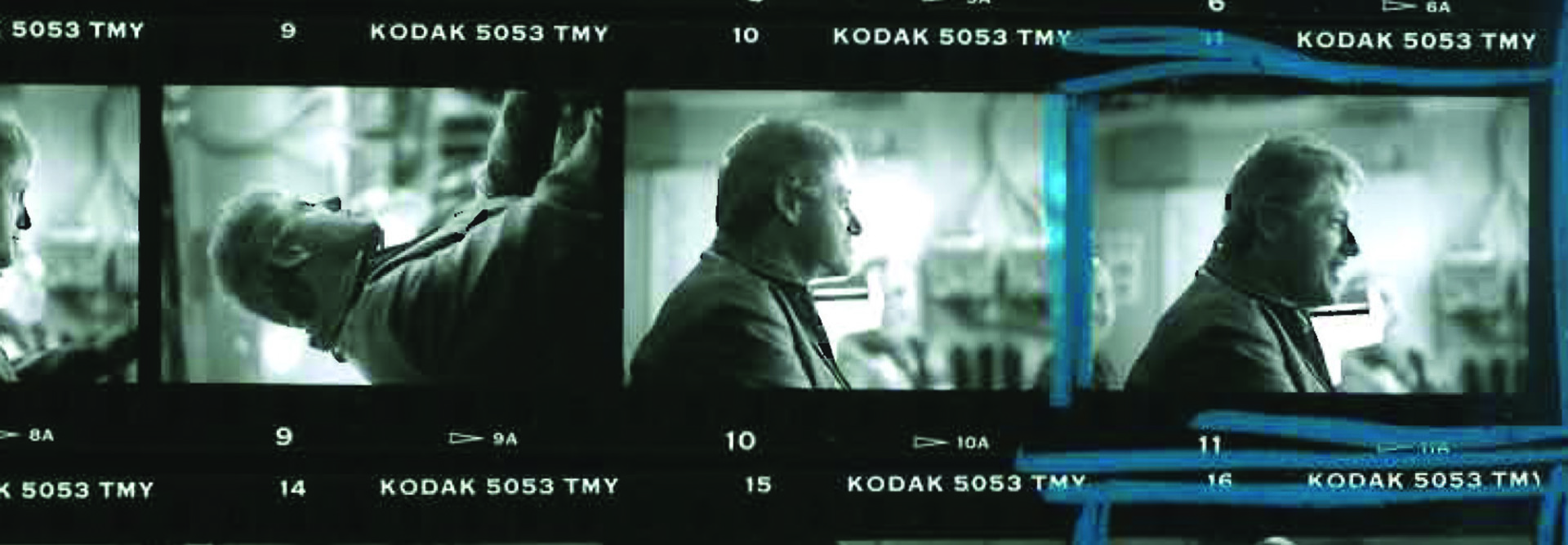Managing a Growing Volume of Presidential Records
This monumental task has grown all the more challenging with the sheer volume of documents. When Bill Clinton — the first president to use email — left office in 2001, archivists tallied about 20 million emails and 3 terabytes of data. Eight years later, when George W. Bush reached the end of his second term, the number of presidential emails had jumped to 220 million, and data skyrocketed to 87TB.
Barack Obama left more than 300 million emails and 250TB of data in his eight years. After just four years in office, however, Donald Trump doubled the amount of data to 500TB, NARA estimates.
“The volume just of all electronic records is staggering, and it’s transforming how we deal with that archive,” says Gary Stern, NARA’s general counsel.
“The majority of the time that’s spent isn’t necessarily related to the actual physical move from one media to the other or into the cloud,” he says. “It is all of the steps to get it in an appropriate format, then to us, then verified.”
DIVE DEEPER: Discover how agencies are embracing document digitization with gusto.
A Brief History of Presidential Record-Keeping
Congress passed the Presidential Records Act in 1978, largely in response to concerns that President Richard Nixon would destroy documentation related to the Watergate scandal.
“It established that the records of the president are actually government property, because before then, they were not,” Stern says. “They were the personal property of the president, who could do whatever he wanted with them.”
The law defines which records require preservation and which belong personally to the president or vice president. Those official records must be maintained through the end of the president’s term, when NARA takes control.
The related Federal Records Act requires that agencies keep and store documents so they can be easily retrieved. The 1950 law did not foresee electronic records. “The web evolved faster than guidance evolved for what to do with this information,” says Dory Bower, archive specialist in library services and content management for the U.S. Government Publishing Office.












